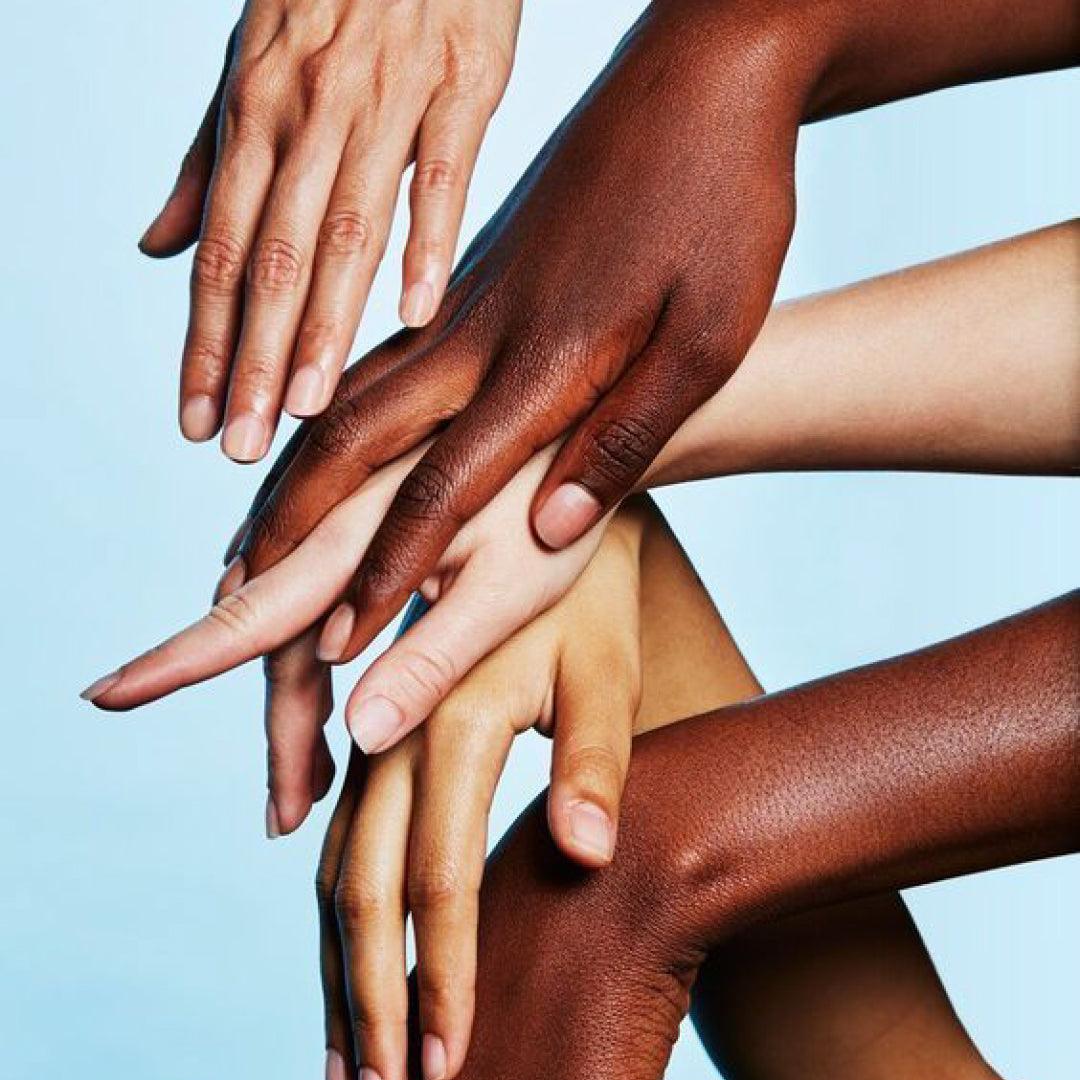
HIS, HERS & THEIRS: SHARING PERFUME WITH YOUR PARTNER
What makes something “masculine” or “feminine?” Why are scents so commonly “his” or “hers?” The oldest among us might remember the classic nursery rhyme:
“Snips and snails and puppy dogs’ tails, that’s what little boys are made of... Sugar and spice and everything nice, that’s what little girls are made of."
While we can’t actually blame Mother Goose for our binary thinking, it’s cultural tropes like this one that cemented the 19th century gender stereotypes generations of perfumers would adopt.
Let’s look back. Some say it was in 19th century Europe—when much of agrarian society gave way to the industrial—that scent began to be classified by gender. Why? Middle class women retreated from the fields to the home, spending their days cooking and arranging flowers; the sweating was left to the men. As a result, men were associated with woody, earthy, musky scents; women were sweet, soft and floral. From there, the stereotypes were passed from one generation to the next (because we know how strongly scent is connected to memory): remembering your grandmother smelling like lily made it a feminine scent; your dad’s Old Spice was the very definition of manly.
Fast forward to today, and gender norms are being upended left and right. Boys are no longer just blue or girls pink. Fluidity is the future (an idea particularly apropos to fragrance). Finally, it’s okay to come out and say, “I steal my boyfriend’s cologne,” or, as a perfumer, reclassify “feminine” as unisex. That’s despite the fact that—marketing be damned—couples have been sharing scents for years.
It wasn’t rebellious for women to prefer men’s scents, any more than it was unconventional for rose water to be used to treat beards. It just made sense, and here’s one possible reason why: every person’s skin chemistry is unique, so a scent that’s rugged on one person may smell delicate on another. And for that matter, more women today identify as outdoorsy or athletic, while more men have embraced their feminine side, so words like “rugged” and “delicate” have become ungendered as well. Vive no différence!
It's that fact, as much as any gender revolution, that has led fragrance to follow suit. Products today, of all kinds, are made for individuals, not stereotypes. Smart perfumers are embracing the reality, not the image. Take Ron Dorff, who playfully crafts the idea of “boyfriend jeans” into scent with his His for Her fragrance. Watery, citrus notes meet woods and bold florals in a scent that can’t be classified according to X or Y chromosomes. Or take any scent by The Phluid Project, concepted by attitude (Transcend, Balance) not sex, and designed to defy categorization. The term “unisex” for scent may have been coined in 1994 (by Calvin Klein, for CK One), but it may be finally seeing its potential fully realized—in scents fluid enough to share.
